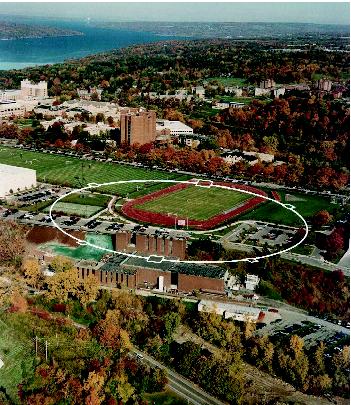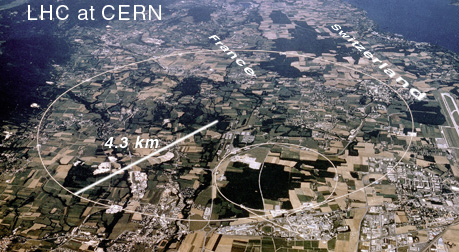


|
Professor: |
Georg Hoffstaetter |
|
|
Georg.Hoffstaetter@cornell.edu |
| Assistant: |
David Meidlinger |
| David.Meidlinger@cornell.edu |



Prerequisites
Courses in classical mechanics, electrodynamics, and physical or engineering mathematics, all at entrance graduate level; and the USPAS course "Fundamentals of Accelerator Physics and Technology with Simulations and Measurements Lab" or equivalent.
It is the responsibility of the student to ensure that he or she meets the course prerequisites or has equivalent experience.
Objectives
Accelerator Physics has applications in particle accelerators for high energy physics of for x-ray science, in spectrometers, in electron microscopes, and in lithographic devices. These instruments have become so complex that an empirical approach to properties of the particle beams is by no means sufficient and a detailed theoretical understanding is necessary. This course will introduce into theoretical aspects of charged particle beams and into the technology used for their acceleration. Students will learn the function of the most relevant accelerator components, will investigate how to measure relevant quantities of beam dynamics, and will understand the physical principle of many beam-dynamical effects in particle accelerators.
Instructional Method
This course is based on lectures in the morning and in the afternoon and on daily homeworks. A final exam concludes the class. Notes of the material that will be presented will be handed out each day. Supplementary reading material is listed below.
Course Content
* A History of Particle Accelerators
* E&M in Particle Accelerators
* Linear Beam Optics
* Nonlinear Beam Optics
* RF systems for Particle Acceleration
* Accelerator Measurements
* Luminosity
* X-ray production
Credit Requirements
Students will be evaluated based on performance: final exam (40 % of final grade), homework assignments (60 % of final grade).
Literature
Required:
Particle Accelerator Physics I, Helmut Wiedemann, Springer, 2nd edition, 1999, ISBN 3 540 64671 x
Optional:
The Physics of Particle Accelerators, Klaus Wille, Oxford University Press, 2000, ISBN: 19 850549 3
Related material:
Handbook of Accelerator Physics and Engineering, Alexander Wu Chao and Maury Tigner, 2nd edition, World Scientific, ISBN: 981 02 3858 4
Meeting times
07:30 - 09:00 Beamkfast
09:00 - 12:00 Morning lectures
12:00 - 14:00 Lunch break
14:00 - 17:00 Student presentation preparation or lectures
17:00 - late Supervised homework
![]()
1st set of lecture notes and homework/answers.
2nd set of lecture notes and homework/answers.
3rd set of lecture notes and homework/answers.
4th set of lecture notes and homework/answers.
5th set of lecture notes and homework/answers.
6th set of lecture notes and homework/answers.
7th set of lecture notes and homework/answers.
8th set of lecture notes and homework/answers.
9th set of lecture notes and homework/answers.
10th set of lecture notes and MATHEMATICA notebook for waveguide modes: with/without large figures.
![]()
Send comments to G. H. Hoffstaetter
Last Update: 05-02-2010